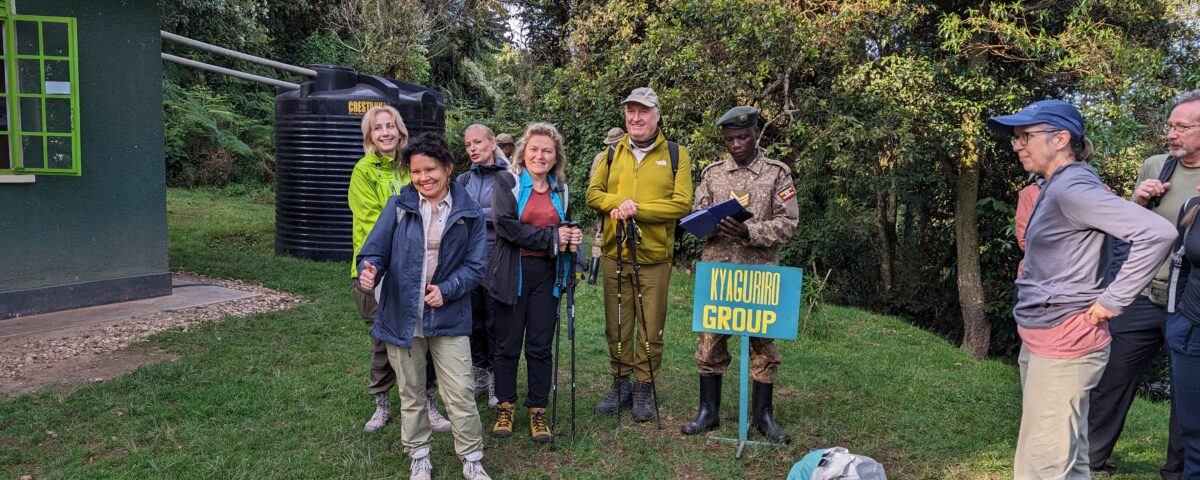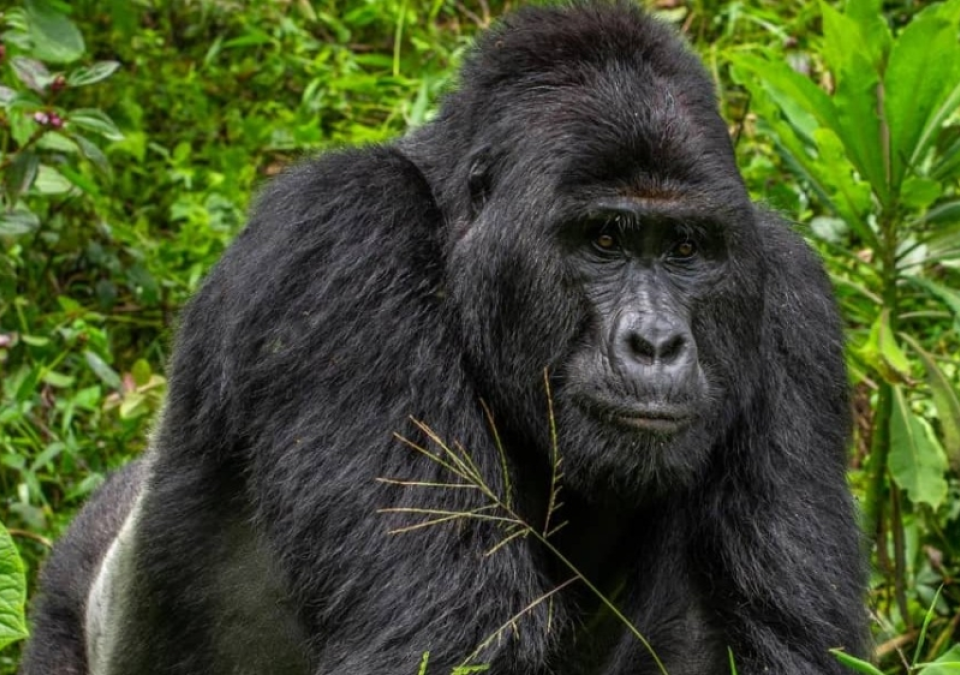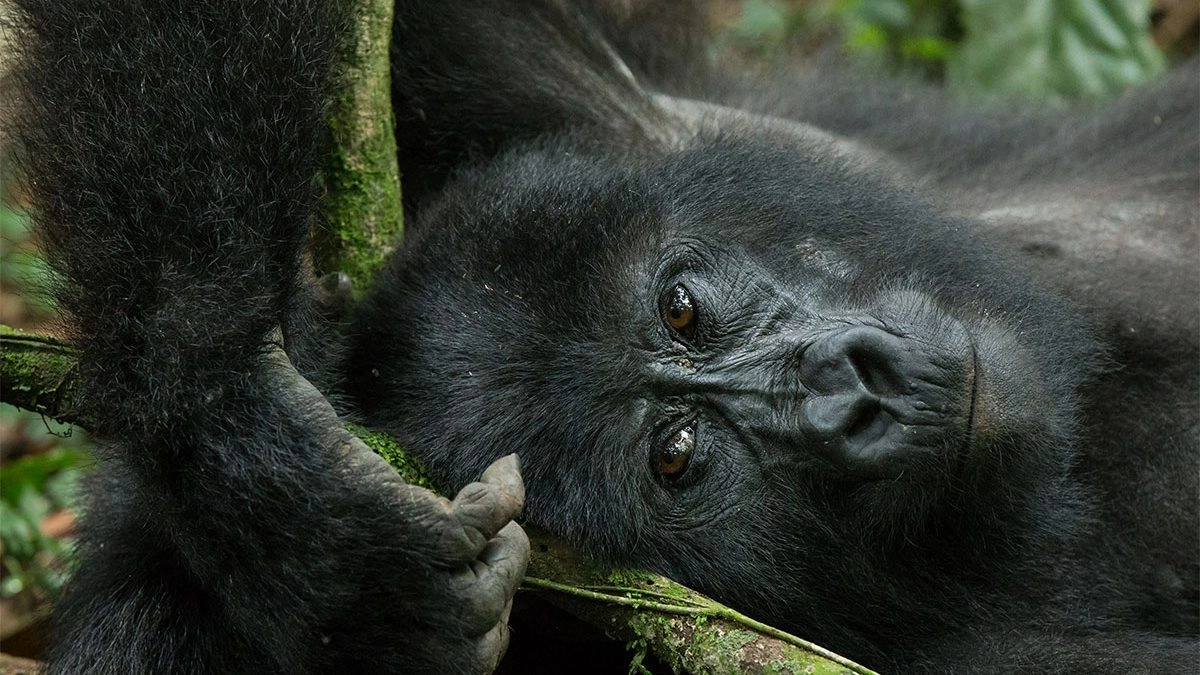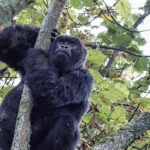
Are Walking Safaris Available Year-Round?
July 3, 2025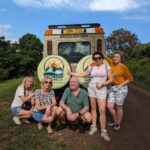
Are Walking Safaris Private or in Groups?
July 3, 2025Are Walking Safaris in Uganda Safe?
When planning a once-in-a-lifetime Africa safari experience, many travelers ask: “Are walking safaris in Uganda safe?” At Ovacado Adventures, we confidently say yes, and here’s why. Uganda’s walking safaris are among the most immersive and professionally guided wildlife experiences in East Africa. These safaris are conducted under the strict supervision of the Uganda Wildlife Authority (UWA), with each adventure led by expert, trained, and armed rangers who ensure visitors’ safety at every step.
Unlike traditional game drives where you view wildlife from a safari vehicle, walking safaris in Uganda take you into the heart of the wild on foot, offering a sensory-rich experience where you smell the earth, hear the calls of birds up close, and witness wildlife behavior in its most natural setting. These walks are not random strolls but carefully designed excursions based on wildlife movement, terrain, and weather conditions.
Before each Uganda Walking Safari, participants undergo a detailed safety briefing. This orientation covers wildlife behavior, communication signals, staying alert, and understanding the vital role of your guide. This preparation, combined with the skill of the UWA rangers, ensures that your safari is not only thrilling but exceptionally secure.
As a company that prioritizes Experience, Expertise, Authoritativeness, and Trustworthiness (E-E-A-T) in the African tourism industry, Ovacado Adventures is proud to offer curated walking safari packages. These experiences are ideal for photographers, adventure lovers, conservation enthusiasts, and travelers seeking a deeper connection with Uganda’s pristine wilderness.
So, if you’re wondering “Are Walking Safaris in Uganda Safe?”, rest assured: they are. With the right guides, clear safety measures, and breathtaking natural settings, walking safaris offer one of the most responsible and unforgettable ways to explore Uganda.
Uganda Walking Safaris vs. Game Drives: Which Experience Should You Choose?
It’s a common question: “Should I go for a walking safari or a game drive in Uganda?” The beauty of Uganda safaris lies in their diversity, allowing you to combine both for a fuller wildlife experience. Game drive safaris provide expansive views from the comfort of a 4×4 vehicle, ideal for covering long distances and spotting big game like lions, elephants, giraffes, and buffaloes across the savannah. However, Uganda walking safaris slow things down, allowing you to appreciate the small wonders—tracks, plants, insects, birds, and animal behavior that you might miss on a drive.
What makes these walking safaris in Uganda even more unique is that they are available in several protected areas, including Lake Mburo National Park, Kidepo Valley National Park, Semuliki Wildlife Reserve, and Ziwa Rhino Sanctuary. These locations are renowned not just for wildlife but also for safety, accessibility, and scenic diversity. In these regions, Uganda Wildlife Safaris blend beautifully with cultural interactions, such as visiting local Bahima herders, learning about herbal medicine, or listening to ancient tribal storytelling traditions.
Combining Uganda Gorilla Trekking with walking safaris is also an exceptional way to diversify your itinerary. You can track mountain gorillas in Bwindi Impenetrable National Park or Mgahinga Gorilla National Park, and later enjoy a foot safari in the nearby savannahs or wetlands. This integrated approach maximizes both Gorilla Trekking Safaris and walking wildlife adventures.
Still asking, “Are Walking Safaris in Uganda Safe?” The answer remains a confident yes—especially when paired with a game drive for a balanced, exciting, and safe wildlife exploration experience in Uganda.
What Safety Measures Are in Place During Uganda Walking Safaris?
At Ovacado Adventures, ensuring the safety and peace of mind of our guests is our top priority. A major concern for new travelers is, understandably, “Are walking safaris in Uganda safe when big animals are involved?” The answer lies in the professional standards and protocols followed rigorously by Uganda’s wildlife agencies.
Every walking safari is accompanied by armed UWA rangers who are extensively trained in wildlife behavior, emergency response, and guest communication. These rangers are equipped with radio communication, firearms (for emergencies), and decades of tracking experience. Moreover, no group is ever sent into the bush without prior reconnaissance; rangers check trail conditions, recent animal movement, and weather forecasts to plan safe walking routes.
During the walk, tourists are kept at a safe distance from wildlife, and movement is deliberate and controlled. Silence is maintained to avoid startling animals, and the guides keep a close eye on terrain for signs of danger—be it a lion pride resting under shade or a buffalo herd grazing nearby.
In parks like Lake Mburo, which is known for safe, predator-light foot safaris, guests can walk among zebra, impala, and eland with a ranger at the front and another at the rear. The same applies to Ziwa Rhino Sanctuary, where rhino tracking on foot is possible and perfectly safe under professional guidance.
So, to answer the core question again—“Are Walking Safaris in Uganda Safe?”—absolutely. Every security protocol is in place, and Ovacado Adventures ensures you walk the wild not with fear, but with respect, excitement, and peace of mind.
Can Walking Safaris Be Combined with Gorilla Trekking in Uganda?
Absolutely—and this is where Uganda shines above most safari destinations in Africa. If you’re asking, “Can I combine a walking safari with Uganda Gorilla Trekking Safaris?”, the answer is a resounding yes. In fact, Ovacado Adventures highly recommends it for those seeking a fully immersive, off-the-beaten-path wildlife journey.
The southwest region of Uganda, where Bwindi Impenetrable National Park and Mgahinga Gorilla National Park are located, is not only a haven for mountain gorillas but also features stunning landscapes ideal for foot safaris. After a day spent tracking a gorilla family deep in the misty jungle, many travelers enjoy lighter guided nature walks through community trails, tea plantations, and forest fringes—offering both scenic value and cultural interaction.
For example, after your Uganda Gorilla Safari, you can enjoy a walking safari in Lake Mburo National Park, just a few hours’ drive from Bwindi. This savannah park offers a predator-light environment, making it perfect for walking among plains game such as topis, waterbucks, and zebras. Alternatively, Semuliki Wildlife Reserve allows guests to explore unique habitats, like hot springs and riverine forests, on foot.
Pairing these safaris delivers a variety of wildlife experiences—from observing endangered gorillas to exploring plains teeming with antelope and birdlife—without sacrificing safety, comfort, or ecological integrity.
So once again, Are Walking Safaris in Uganda Safe? They are not only safe but also remarkably complementary to Gorilla Trekking in Uganda, enriching your adventure with depth, diversity, and authenticity.
What Cultural Experiences Can Be Included in Uganda Walking Safaris?
Beyond wildlife, Uganda Walking Safaris open doors to authentic cultural encounters that are rarely accessible through other safari formats. One of the most enriching aspects of walking is the slower pace—it gives travelers time to connect with local communities and gain insights into Uganda’s rich tapestry of traditions, languages, and lifestyles.
While on a walking safari with Ovacado Adventures, you may visit a Batwa pygmy community near Bwindi Forest or Mgahinga, where storytelling, traditional dances, and ancestral hunting techniques are shared with respect and pride. Elsewhere in Kidepo Valley, visitors can walk with Karamojong warriors, learn about their nomadic pastoral lifestyle, and witness their unique architecture and crafts.
In Lake Mburo, Bahima herdsmen share their milk-based diet, explain how they coexist with wildlife, and teach about the role of long-horned Ankole cattle in their identity. These experiences don’t just add depth to your walking safari—they contribute to community-based tourism, ensuring that local people benefit from conservation and responsible travel.
Are Walking Safaris in Uganda Safe when including cultural visits? Yes, even cultural walks are guided and coordinated with village elders and conservation officers to ensure respectful, meaningful, and secure interactions.
These cultural extensions can easily be added to your Uganda Gorilla Trekking Safari, providing a richer perspective of both Uganda’s natural beauty and its human heritage. At Ovacado Adventures, we specialize in curating such hybrid safaris for travelers who want more than just sightings—they want stories, people, and purpose behind every step.
Why Choose Ovacado Adventures for Walking Safaris in Uganda?
If you’re still asking yourself, “Are Walking Safaris in Uganda Safe?”, let Ovacado Adventures be your assurance. With a reputation built on integrity, professionalism, and a deep love for Uganda’s wild places, we tailor our safaris with your safety and satisfaction at the forefront.
Our team comprises certified safari guides, community liaisons, conservation experts, and local storytellers—all united by a mission to deliver safe, sustainable, and memorable travel experiences. Every Uganda Walking Safari we offer is backed by logistical precision, authentic cultural interaction, and a commitment to responsible tourism.
And the best part? These experiences are seamlessly combinable with other adventures—whether you’re keen on Gorilla Trekking Safaris, Game Drives Safaris, or birding in Uganda. With us, you don’t have to choose one over the other. You can have it all—Uganda Wildlife Safaris, Gorilla Safaris, and Walking Safaris, designed and delivered with passion and purpose.
So yes, walking safaris in Uganda are safe—and with Ovacado Adventures, they are also transformative, exciting, and deeply rewarding. Walk the wild with us. We promise an unforgettable journey where every footstep tells a story.


